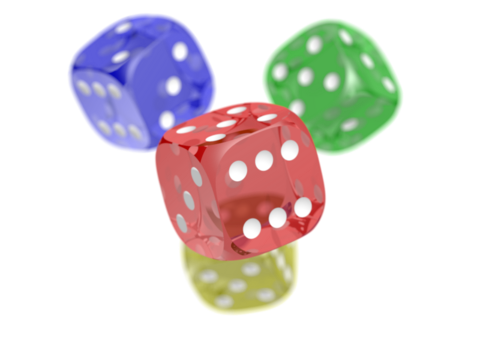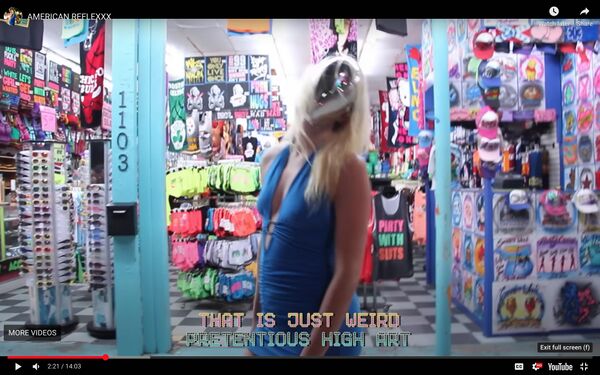Content Form:APRJA 13 Bilyana Palankasova: Difference between revisions
No edit summary |
No edit summary |
||
| Line 8: | Line 8: | ||
== Abstract == | == Abstract == | ||
== | == Introduction == | ||
This text considers the practice of three artists who work in online <ref>which relate to interaction design, as much as to traditional institutional needs</ref>performance to articulate the content-value of their work. Their artworks are examined in relation to practices of self-documentation, social media posting, and the valorisation of content in visual culture more widely. The text argues for a reading of these practices as instances of artistic and cultural innovation by their convergence of self-archival practice and self curation with implications for the performance of cultural value. The text also examines how the presentation of art documentation online shifts the relationship between content production, artistic representation, and traditional paradigms of documentation. Through considering Boris Groys’ conceptual framework of the new, the article looks at art at the intersection of user-generated content and archival practice and reads these practices as instances of cultural and artistic innovation. This paper is constructed through digital ethnography, using Instagram as a guiding space, and starting point and reading of artworks through the lens of theory of innovation. | |||
== Self-curation and documentation == | |||
With the affordance and proliferation of digital technologies and visual culture online, the networked image introduced a new sense of curating online. The attention to networked curation and co-curation online (Dekker and Tedone) takes particular interest into the potential of digital curation to rearrange digital spaces and also on the curatorial limits and lack of control which comes with the form of the feed (Wallerstein). With its restrictive form, social media feeds allow for certain prescribed movements and ways of engagement.<ref>which relate to interaction design, as much as to traditional institutional needs</ref> The interface has its own lexicon driven by verbs (likes, loves, shares) which relate to interaction design, as much as to traditional institutional needs of preserving, organising, categorising and archiving – and in this sense the experience of the feed draws on the vernacular of big tech as much as of cultural institutions (Hromack). And indeed, social media has come to play a significant role in the valuing of art and culture and has inserted its metrics alongside more traditional ways of measuring value. | |||
[[File:PNG_transparency_demonstration_1.png|thumb|480px|Caption for example PNG image]] | [[File:PNG_transparency_demonstration_1.png|thumb|480px|Caption for example PNG image]] | ||
Revision as of 09:15, 12 June 2024
Bilyana Palankasova
Self-documenting and archival practice in online performance: three cases of content value
Subtitle
Abstract
Introduction
This text considers the practice of three artists who work in online [1]performance to articulate the content-value of their work. Their artworks are examined in relation to practices of self-documentation, social media posting, and the valorisation of content in visual culture more widely. The text argues for a reading of these practices as instances of artistic and cultural innovation by their convergence of self-archival practice and self curation with implications for the performance of cultural value. The text also examines how the presentation of art documentation online shifts the relationship between content production, artistic representation, and traditional paradigms of documentation. Through considering Boris Groys’ conceptual framework of the new, the article looks at art at the intersection of user-generated content and archival practice and reads these practices as instances of cultural and artistic innovation. This paper is constructed through digital ethnography, using Instagram as a guiding space, and starting point and reading of artworks through the lens of theory of innovation.
Self-curation and documentation
With the affordance and proliferation of digital technologies and visual culture online, the networked image introduced a new sense of curating online. The attention to networked curation and co-curation online (Dekker and Tedone) takes particular interest into the potential of digital curation to rearrange digital spaces and also on the curatorial limits and lack of control which comes with the form of the feed (Wallerstein). With its restrictive form, social media feeds allow for certain prescribed movements and ways of engagement.[2] The interface has its own lexicon driven by verbs (likes, loves, shares) which relate to interaction design, as much as to traditional institutional needs of preserving, organising, categorising and archiving – and in this sense the experience of the feed draws on the vernacular of big tech as much as of cultural institutions (Hromack). And indeed, social media has come to play a significant role in the valuing of art and culture and has inserted its metrics alongside more traditional ways of measuring value.

